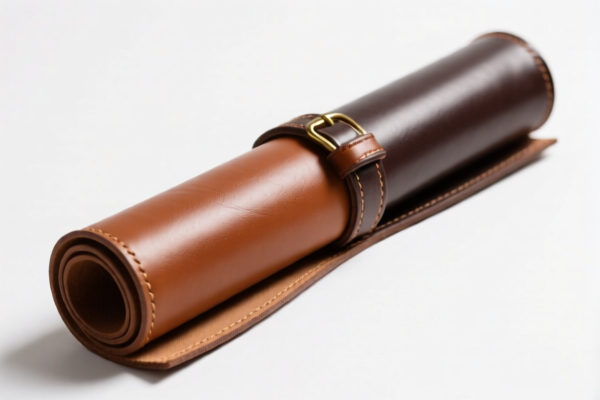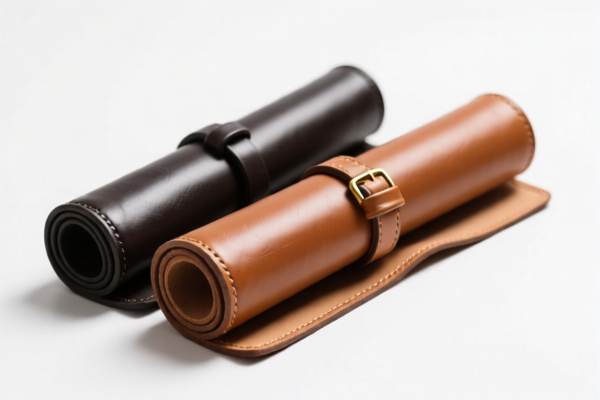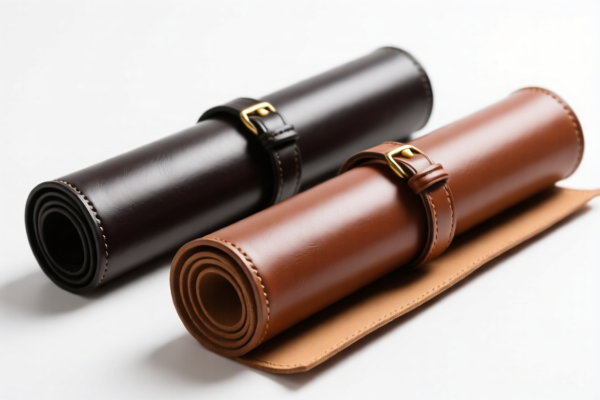| HS Code | Official Doc | Tariff Rate | Origin | Destination | Effective Date |
|---|---|---|---|---|---|
| 6114909070 | Doc | 35.6% | CN | US | 2025-05-12 |
| 5609001000 | Doc | 57.9% | CN | US | 2025-05-12 |
| 5609004000 | Doc | 58.9% | CN | US | 2025-05-12 |
| 5608191020 | Doc | 63.5% | CN | US | 2025-05-12 |
| 5608903000 | Doc | 60.0% | CN | US | 2025-05-12 |




Mesh Roll
A mesh roll is a flexible, net-like material used in a variety of applications, primarily for reinforcement, support, or filtration. It is typically constructed from woven or knitted synthetic fibers, though metal mesh rolls also exist.
Material
- Synthetic Fibers: Polyester, polypropylene, polyethylene, and nylon are common choices due to their strength, durability, and resistance to degradation. These are often used in geotextiles and construction applications.
- Metal: Stainless steel, galvanized steel, and other alloys are used where higher strength and temperature resistance are needed. These are common in industrial filtration and security applications.
- Natural Fibers: Though less common, some mesh rolls are made from materials like jute or coconut coir for erosion control or agricultural uses.
Purpose
The primary purposes of mesh rolls are:
- Reinforcement: Adding strength and stability to other materials, such as soil, concrete, or asphalt.
- Support: Providing a structural base for vegetation, landscaping elements, or construction projects.
- Filtration: Allowing water to pass through while retaining soil particles, debris, or other contaminants.
- Separation: Dividing different layers of material to prevent mixing or contamination.
- Erosion Control: Stabilizing slopes and preventing soil loss.
Function
Mesh rolls function by distributing loads, increasing tensile strength, and providing a porous structure. The weave or knit pattern determines the roll’s strength, flexibility, and permeability. The open structure allows for water flow and root penetration (in applications where desired) while maintaining structural integrity.
Usage Scenarios
- Construction: Used in road construction to reinforce asphalt, stabilize soil embankments, and prevent erosion. Also used in concrete projects to add strength and reduce cracking.
- Geotextiles: A major application for polypropylene or polyester mesh rolls, used for soil stabilization, drainage, filtration, and weed control in landscaping, erosion control, and civil engineering projects.
- Landscaping: Used for slope stabilization, retaining walls, and weed barriers.
- Agriculture: Used for plant support, erosion control, and to protect crops from pests or weather damage.
- Industrial Filtration: Metal mesh rolls are used in a wide range of filtration applications, including air filters, water filters, and industrial screens.
- Security: Metal mesh rolls can be used in fencing, security screens, and protective barriers.
- Medical: Certain biocompatible mesh rolls are used in surgical applications for tissue support and repair.
Common Types
- Woven Mesh Rolls: Created by interlacing fibers in a grid pattern. Offer high strength and dimensional stability.
- Knitted Mesh Rolls: Created by interlocking loops of fiber. More flexible and conformable than woven mesh.
- Geotextile Fabric: Non-woven or woven fabrics made from synthetic fibers, often used as a general-purpose soil stabilization and filtration material.
- Metal Mesh: Typically stainless steel or galvanized steel, available in various weave patterns and wire gauges for specific industrial applications.
- Plastic Erosion Control Rolls: Biodegradable or non-biodegradable rolls made from polypropylene or other plastics, used for temporary slope stabilization and sediment control.
Based on the provided information, determining the precise HS code for "mesh roll" requires understanding its material composition and intended use. Here's a breakdown of potentially relevant HS codes, based solely on the available data:
-
6114.90.9070: This code covers “Other garments, knitted or crocheted: Of other textile materials: Other Other: Other”. This could apply if the mesh roll is constructed from textile materials other than those specifically defined elsewhere and is intended for use in garment construction or similar applications. The total tax rate is 35.6%.
-
5609.00.1000: This code applies to “Articles of yarn, strip or the like of heading 5404 or 5405, twine, cordage, rope or cables, not elsewhere specified or included: Of cotton”. If the mesh roll is made of cotton yarn, strip, or similar materials, this code is applicable. The total tax rate is 57.9%.
-
5609.00.4000: This code covers “Articles of yarn, strip or the like of heading 5404 or 5405, twine, cordage, rope or cables, not elsewhere specified or included: Other”. This applies to mesh rolls made of materials other than cotton. The total tax rate is 58.9%.
According to the provided reference material, the HS code options related to 'mesh roll' are limited, with only the following 3 found.
It is important to determine the exact material composition of the mesh roll to select the correct HS code. If the mesh roll is used for fishing purposes, consider the following:
-
5608.19.1020: This code applies to “Knotted netting of twine, cordage or rope; made up fishing nets and other made up nets, of textile materials: Of man-made textile materials: Other: Fish netting Other (229)”. If the mesh roll is a knotted netting made of man-made textile materials and intended for use as a fishing net, this code is applicable. The total tax rate is 63.5%.
-
5608.90.3000: This code covers “Knotted netting of twine, cordage or rope; made up fishing nets and other made up nets, of textile materials: Other: Other: Other”. This applies to knotted netting of twine, cordage, or rope not specifically defined elsewhere. The total tax rate is 60.0%.
Customer Reviews
No reviews yet.